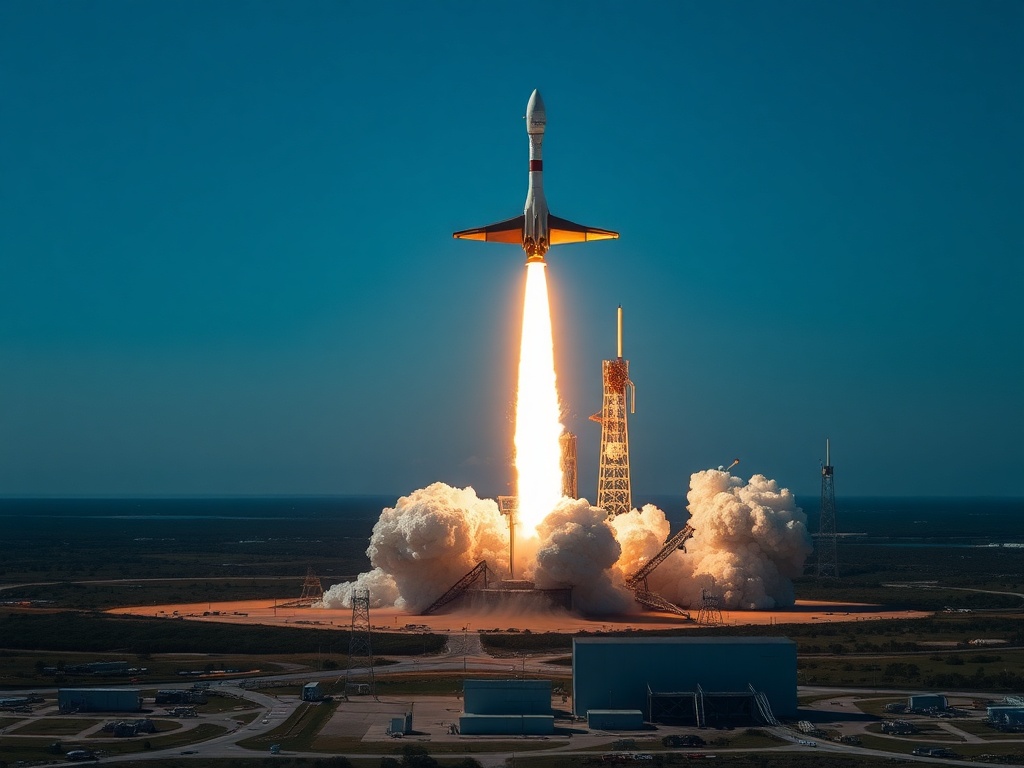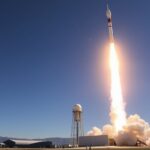SpaceX Set to Launch X-37B Military Spaceplane on Falcon 9 from Kennedy Space Center
In a significant advancement for both military space operations and commercial aerospace, SpaceX is poised to launch the X-37B, an autonomous military spaceplane, aboard its Falcon 9 rocket. The mission will take place at the iconic Kennedy Space Center in Florida, further solidifying the collaboration between private aerospace companies and government entities.
The X-37B: A Versatile Asset
The X-37B is an experimental spacecraft developed by Boeing for the United States Air Force. Designed to operate autonomously in orbit, it has been instrumental in testing new technologies and conducting experiments that are critical for national security. With its ability to remain in orbit for extended periods—often exceeding two years—the X-37B serves as a platform for various payloads including scientific research and advanced materials testing.
This upcoming mission marks the sixth flight of the X-37B program. Over its previous missions, it has successfully demonstrated capabilities such as reusability and rapid deployment of payloads into low Earth orbit (LEO). Each mission builds upon the knowledge gained from earlier flights, enhancing operational effectiveness while also contributing valuable data to future endeavors.
SpaceX’s Role in National Defense
SpaceX’s involvement with military launches represents a paradigm shift within the defense sector. Traditionally dominated by government-operated programs or contracts with established aerospace giants like Lockheed Martin and Northrop Grumman, recent years have seen an increasing reliance on private companies like SpaceX. This partnership not only reduces costs but also accelerates innovation through competitive practices.
The Falcon 9 rocket is renowned for its reliability and cost-effectiveness. Its reusable first stage significantly lowers launch expenses while allowing multiple missions within short timeframes—a crucial advantage when addressing urgent national security needs. The successful execution of this mission could pave the way for more collaborative projects between NASA, Department of Defense (DoD), and commercial partners.
Launch Details
Scheduled for liftoff from Cape Canaveral’s historic Launch Complex 39A at Kennedy Space Center, this mission will showcase not only technological prowess but also logistical coordination among various agencies involved in preparation efforts leading up to launch day. As preparations unfold behind closed doors at one of NASA’s most storied sites, anticipation builds around what discoveries may emerge from this flight.
While specific details about payloads aboard this particular flight remain classified due to their sensitive nature related to national defense interests; past missions have included experiments ranging from advanced solar power systems capable of supporting future spacecraft designs—to studies aimed at improving satellite communication resilience against potential threats posed by adversaries’ capabilities.
The Future of Military Aerospace Collaboration
As we look ahead toward increased collaboration between public institutions like NASA or DoD—and private enterprises such as SpaceX—it becomes clear that innovative partnerships are vital components shaping our approach towards exploring outer space responsibly while maintaining robust defenses here on Earth too!
With advancements occurring rapidly across all sectors associated with human activities beyond our planet—including satellite technology improvements—there lies tremendous potential awaiting us just over horizon!
As excitement mounts surrounding this forthcoming launch event scheduled soon; stakeholders—from engineers working diligently behind scenes preparing hardware necessary execute these complex tasks effectively—to those watching eagerly waiting see results achieved once spacecraft reaches designated altitude—are reminded yet again why exploration remains integral part human experience!



